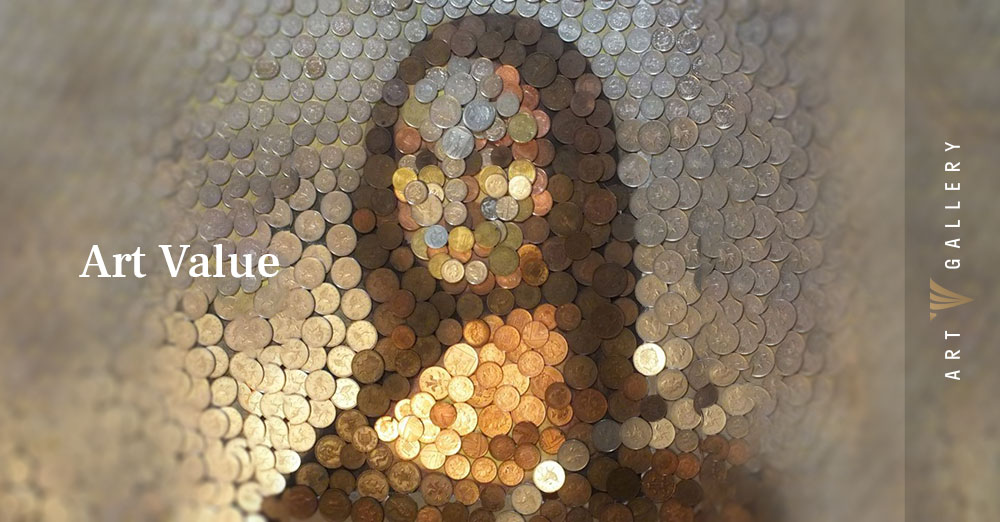- Understanding the elements of art value
- The buyer is the one to consume the product

- 11 June '19


by Shane Lewis
11 June '19Understanding the elements of art value
Artworks Value makes the art market baffling to outsiders. You’d think the art value would depend on its aesthetic value; a picture you enjoy looking at on your wall.
To understand why you must first look at the economics of art galleries whether its America or Europe or Asia. Almost all primary art sales—art bought from the artist as opposed to another collector—occur through art galleries. Galleries set the prices.
If you ask a gallerist, why prices are at a certain level they’d probably tell you it’s to protect the artist. That sounds disingenuous coming from a party with a financial interest, but there is some truth to that statement. The nature of art as a commodity inherently makes efficient prices, meaning prices that reflect all available information about the value.
Value is subjective in art; the intrinsic value of a painting is paint and canvas and artist work—beyond that value is not much left. However, when artist work is of particular interest due to his genuine creativity or authenticity, otherworldly ideas and messages it changes the game. Some call it the psychological value of art, producing something of exceptional quality and originality where it lies.
This is why the industry has developed an intricate signaling process where the approval of a handful of galleries, collectors, and museums, determines what is good and valuable. However, the technic is subject to manipulation as the art scenario in the United States proves. The public and the consumer taste is directed into the assimilation of overpriced trends that shortly become of no value. Let's see some examples.
According to artprice.com
Galleries invest many resources in building the artist’s brand. Building up artists often take years. The process of mature may have uneven periods. And even if, you are not guaranteed success as the buyer is the one to consume the product.
In most markets, prices are public knowledge and the commodity goes to the highest bidder. The process may be imperfect, but it does a good job at setting prices where supply meets demand; prices reflect their market value. Desirable collectors are well-educated consumers and won’t blatantly overpay.



